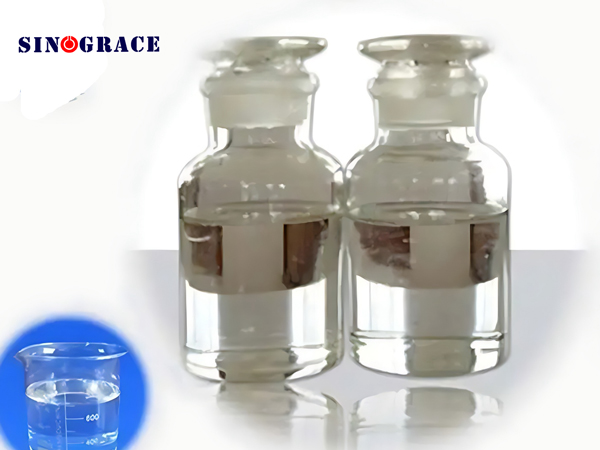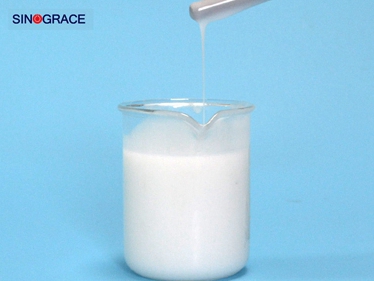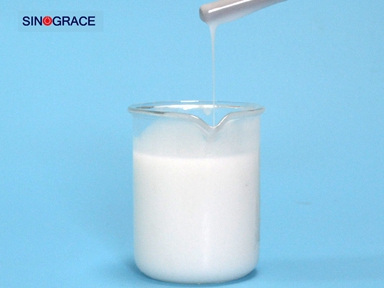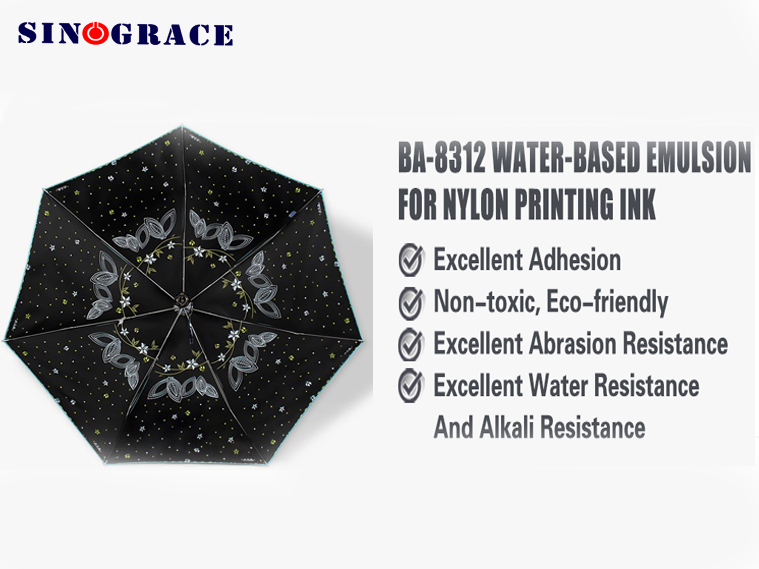The printability of water-based ink and its use in flexo printing attention
Flexo is a flexible, high resolution, warped letterpress plate. In recent years, flexo printing has developed rapidly in the field of printing, and its development prospects are generally optimistic. Flexographic printing presses transfer the right amount of ink to the substrate through a unique mesh roller. The appropriate use of ink is directly related to the printing production operation and printing quality, the general flexographic printing ink used is very thin, belongs to the liquid ink, from the rheological point of view is a close to Newton fluid ink, with good fluidity, viscosity is only 0.1-1Pa/s. At present, three types of inks are mainly used in flexographic printing: organic solvent inks, water-based inks and ultraviolet curing inks. Among them, water-based ink has always been a large part of flexographic printing for its environmental protection, economy and other advantages. This paper mainly discusses the printability of water-based ink and its use in flexo printing. 1.Composition and characteristics of water-based ink Like the general printing ink composition, water-based ink usually also has colorant, binder, auxiliary agent and other components. Colorant is the color substance of water-based ink, giving the ink a specific color. In order to make the printing color gorgeous, the colorant is generally selected with good chemical stability and high coloring power. The binder consists of water, resins, amines and other organic solvents. Resin is the most important component of water-based ink, usually the use of water-soluble acrylic resin, binder composition directly affects the ink adhesion function, drying speed, anti-sticky performance, etc., but also affects the ink gloss and ink transfer, amine compounds mainly maintain the alkaline PH value of water-based ink, so that acrylic resin to provide better printing effect. Water or other organic solvents are mainly dissolved resins, adjust the viscosity of the ink and drying speed; Auxiliary agents mainly include: defoamer, blocker, stabilizer, diluent and so on. Since water-based ink is a soap composition, it is easy to produce bubbles during use, so silicone oil should be added as a defoamer to inhibit and eliminate bubbles, while improving the transfer performance of the ink. The blocking agent is used to inhibit the drying speed of the water-based ink, prevent the ink from drying on the roller and reduce the paste plate. The stabilizer can adjust the PH value of the ink, and can also be used as a diluent to reduce the viscosity of the ink. Diluent is used to reduce the color of fresh water ink, and can also be used as a brightening agent to improve the brightness of water-based ink. In addition, some wax should be added to the water-based ink to increase its wear resistance. 2.The PH value of water-based ink The PH value of water-based ink is directly related to the viscosity, dryness and other printability of water-based ink. The experiment shows that the viscosity of water-b...
read more

 English
English français
français русский
русский español
español العربية
العربية








